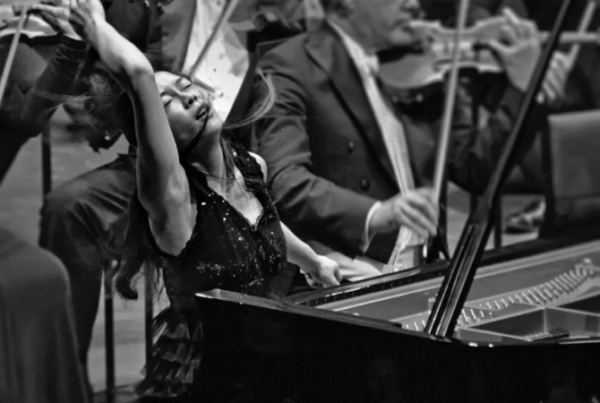
Messa da Requiem (Requiem Mass for the Dead) Giuseppe Verdi (1813-1901)
Verdi’s Requiem was composed in 1874 in memory of Alessandro Manzoni (1785-1873), author of “I promessi sposi” the 19th century novel which not only stirred feelings of nationalism during that period of Italian history but also set new standards for use of the Italian vernacular language in literature. Verdi was a passionate admirer of this important literary figure, and though his personal religious views bordered on the agnostic, he was inspired to create a memorial within the general framework of the traditional Roman Catholic Mass though in the style most suited to him, opera-theatre. The Requiem was first performed to great popular acclaim on May 22nd, 1874 at the Church of San Marco in Milan, and again three days later at the La Scala Opera. Many said that the highly successful premiere brought more honor to Verdi than to its intended honoree, Manzoni.
Not an “ecclesiastical” requiem mass in the nature of those by other composers such as Mozart, Cherubini, and Berlioz, the work was in effect banned from use by Papal decree in 1903 in an attempt to define “proper” music for use in Roman Catholic liturgy. The traditional format of the Mass for the Dead emphasizes redemption and salvation following the finality of death, with only brief allusion to the horrors of judgement and condemnation portrayed by the Dies Irae (Day of Wrath). Verdi, on the other hand, and true to his innate dramatic sensibilities, highlights the Dies Irae as the centerpiece of the entire work with trumpeting of judgement, damnation, and supplication before the wrath of a vengeful Almighty. He does of course follow this portrayal of human misery before the wrath of God with the more uplifting and hopeful sections of the traditional mass: Domine Jesu (Lord Jesus, free the souls of all the faithful…); Sanctus (Holy, holy Lord God of hosts, the heavens and earth are filled with you glory…); Agnus Dei (Lamb of God, who takes away the sins of the world, give them peace…); and Lux aeterna (Let eternal light shine upon them…). He then concludes with a final plea for salvation from eternal damnation with Libera Me (Free me, Lord, from eternal death on that terrifying day when the heavens and earth are shattered, when you have come to judge the age with fire”.) This prayer was never a part of the traditional Mass, but sometimes follows it. A final reference to the “Day of Wrath” is interspersed with the verses of the Libera Me and a plea to “give them eternal peace, Lord, and let perpetual light shine upon them.”
Verdi biographer George Martin summarizes the composer’s attitude toward the “message” of the Requiem Mass as portrayed in an admittedly theatrical style and format: “In not offering a clear solution to the quest for assurance of life after death Verdi reflected the increasing uncertainty at the end of the 19th century when Darwin and the new science were shaking traditional beliefs. And Verdi, who anyway had never held them, was far too honest an artist to fake an ending to his Requiem that he did not himself feel.” Verdi’s wife wrote to a friend: “They have all talked so much of the more, or less, religious spirit of this sacred music, of not having followed the style of Mozart, of Cherubini, etc. I say that a man like Verdi must write like Verdi, that is according to how he feels and interprets the texts. And if the religions themselves have a beginning, a development, some modifications or transformations according to the times and peoples, evidently the religious spirit and works that express it must carry the stamp of their time and…of an individual personality.
*Program Notes by Charles M. Spining
Join us on Friday, April 18th at 7:30pm in Ardrey Auditorium. To get tickets click the button below.



